Starfleet Academy
Starfleet Command

Starfleet Command (ST-04)
The operating authority for Starfleet,[1] Starfleet Command was based out of San Francisco on Earth,[2] though command facilities were also located on major worlds and starbases throughout Federation space.[3] The Chief of Starfleet Operations oversaw a staff of admirals, each responsible for a specific region or division.[4]
References
- 1. “Court Martial.” Star Trek, Episode 15. Television. 2 February 1967.
- 2. Star Trek IV: The Voyage Home. Film. 26 November 1986.
- 3. The Star Trek Encyclopedia. Book. 1997 (rev. ed.). Pocket Books.
- 4. “Core Game Book.” Star Trek: The Next Generation Role Playing Game, Book 25000. Game. August 1998. Last Unicorn Games.
Miranda class
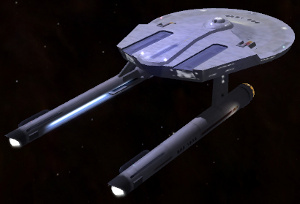
Miranda class (Legacy)
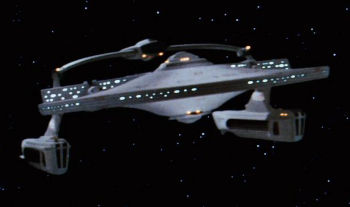
Miranda class (ST-02)
A Starfleet fixture of long-range scientific, supply, and exploratory missions for more than a century, Miranda class vessels probably logged more parsecs than any other single Federation vesel class. During the 23rd century, Starfleet Command placed an increasing emphasis on deep space exploration and surveying. The first ships launched after the inception of the exploratory vessel initiative, Miranda class vessels represent the most notable result of Starfleet’s renewed focus on exploration and discovery.[30] First commissioned during the period known as “The Great Awakening,” the Miranda class cruiser was in the forefront of that expansion effort. At the time, Starfleet itself was expanding in response to the changing and expanding economic and political goals of the Federation. To meet the demand of a larger navy, the Military Appropriations Committee authorized the development and testing of hundreds of vessel types, the Miranda among them.[6]
During this same period, the concepts of ship design were rapidly evolving and becoming more sophisticated, and the technology to build and operate starships was going through a revolution. Advances in all facets of the technology required to construct, maintain, and operate a starship were changing so rapidly that some ships were obsolete before they were completed. The Miranda design was changed no fewer than twelve times before the tooling and machining was begun. When these new cruisers were launched, they were only capable of performing three-year missions with resupply at one-year intervals. This made their dual-purpose role of research cruiser harder to perform. With the great distances that had to be travelled, they could not get more than six months travel time from a friendly outpost. This meant they could only advance as fast as the frontier was expanding. The class required some alterations during its trials and was to see many more changes after its commissioning, the last of which was a major refitting in the 2270s similar to that of the Constitution class.[6] Merging a host of diverse capabilities, versatility quickly became a hallmark of the class. Although Miranda class ships would primarily undertake scientific and exploratory missions, certain systems modules were swappable. These Miranda variants enjoyed great popularity in the early 24th century, and their expanded tactical and defensive systems were more than a match for most foes. Ships of this class participated in every major battle of the 24th century, often serving on the secondary or reserve battle lines.[30]
By the middle of the 24th century, Starfleet recommissioned many Miranda class vessels and sent them to surplus depots, scrapped them for parts, or used them as training vessels. Federation member planets and allied systems such as Altair and Betelgeuse first began to add reconditioned Miranda class ships to their own space fleets by the 2360s, after the active production life of these ships ceased. Hence, many Miranda class vessels continued to serve with distinction throughout Federation space and beyond for decades after their theoretical obsolescence.[30]
› Continue reading
Vulcan
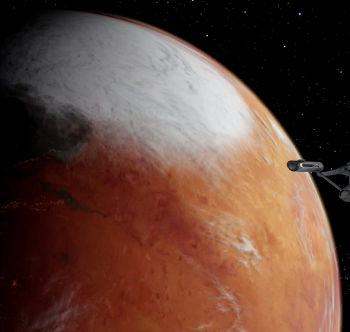
Vulcan (TOS-34)
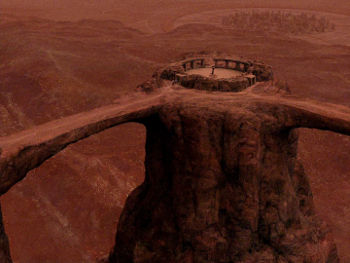
Vulcan surface (TOS-34)
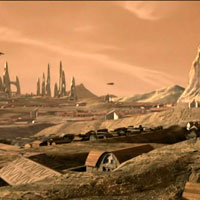
Vulcan surface (ENT-79)
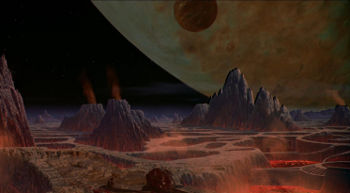
Vulcan Surface (ST-01)

Vulcan Surface (ST-01)
Vulcan, a Class-M world,[2, 4] was the second planet in the 40 Eridani trinary system, orbiting 40 Eridani A.[4] Although Vulcan had no moon,[1] the planet shared an orbit with its sister world, T’Khut.[3]
› Continue reading
Sol System
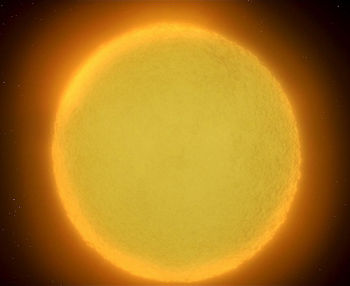
Sol (ST-04)
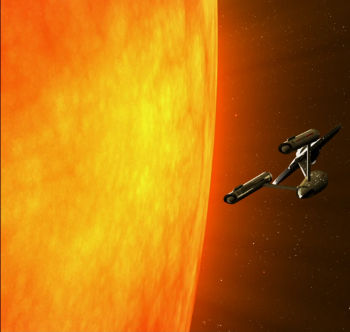
Sol (TOS-21)
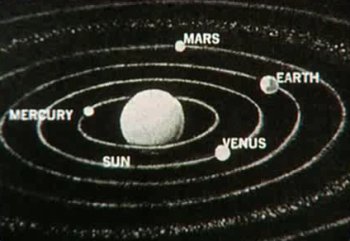
Sol System (TOS-00)
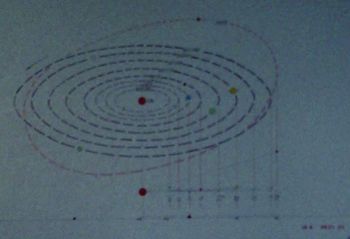
Sol System (TOS-37)
Star system located in Sector 001, in the Alpha Quadrant. The parent star, Sol, was Type-G and was orbited by eight planets (though Pluto frequently switched between being considered a planet and a planetoid),[2] including Earth, and was commonly known as the Sun. The Talosians viewed an image of the Sol System and many images of Earth’s history while accessing the U.S.S. Enterprise NCC-1701‘s computer in 2254.[1]
Planets
References
- 1. “The Cage.” Star Trek, Episode 0. Television. 1965 (Unaired).
- 2. “Before Dishonor.” Star Trek: The Next Generation. Novel (Unnumbered). November 2007.
San Francisco

San Francisco (ST-06)

San Francisco (VOY-122)

San Francisco (ENT-01-02)

San Francisco (ENT-01-02)

Starfleet Communications (VOY-230)

San Francisco, 1893 (TNG-226)

San Francisco, 1893 (TNG-227)
Located in California on Earth. Many key Starfleet facilities were located within the city, including Starfleet Academy[3] and Starfleet Command,[2], as well as the offices of the San Francisco Fleet Yards.[1] Jonathan Archer was raised in San Francisco.[6]
Lieutenant Commander Data was transported from Devidia II in 2368 to San Francisco in 1893 while pursuing a group of Devidians who were traveling through time.[4] Cholera had broken out in the city at this time, and the Devidians were using it as to cover up the fact that they were harvesting Human neural energy as a food source. Guinan and Samuel “Mark Twain” Clemens lived in San Francisco in 1893, and they encountered Data and Jean-Luc Picard, who had followed Data back in time.[5]
References
Luna
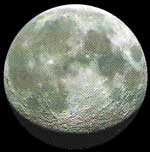
Luna (STSC)
Luna, commonly known simply as “the Moon,” was a Class-D world orbiting Earth.[4] By the late 24th century, more than 50 million people lived on the Moon.[3] The Talosians viewed several images about Earth’s Moon and programs to study and explore it while accessing the U.S.S. Enterprise NCC-1701‘s computer in 2254.[1] The Copernicus Ship Yards were located in orbit, with office facilities on the surface; the U.S.S. Hathaway NCC-2593 was built there.[2] Other points of interest on the Moon included Tranquility Base, where Apollo 11 landed in July 1969; as well as Lake Armstrong and New Berlin.[3] See also: Apollo program, Armstrong, Neil, Kennedy, John F., Lunar probe, Ranger probe.
References
Earth
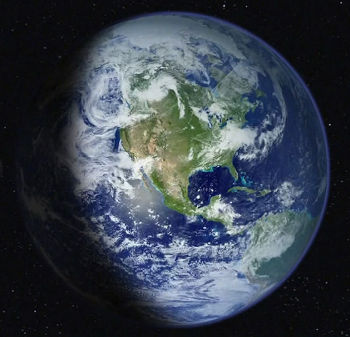
Earth (TOS-21)

Earth (ENT-78)
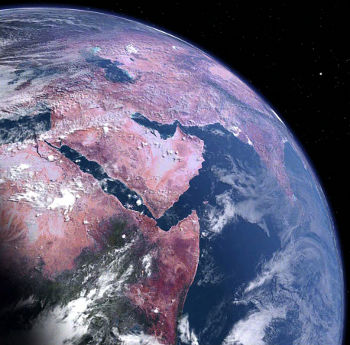
Earth (TOS-55)
Class-M. Earth is the third planet in the Sol System[1] in Sector 001[7] and homeworld of Humans. In 2254, the Talosians viewed an image of the Sol System and many images of Earth’s history while accessing the U.S.S. Enterprise NCC-1701‘s computer.[1] Earth became one of the founding members of the United Federation of Planets in 2161,[15] following the Romulan War,[6] and served as that body’s capital.[5] Starfleet Command and Starfleet Academy were based in San Francisco,[2, 3] while the offices of the Federation President[9] and the Federation Council chamber were located in Paris.[22] The planet hosted several advanced orbital habitats,[2] Starfleet spacedocks,[4] and satellite networks, including Federation communications networks.[12]
› Continue reading
Deep Space Nine
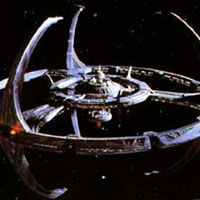
Deep Space Nine (DS9-401-402)
Formerly a Cardassian mining facility orbiting Bajor called Terok Nor, the station was redesignated Deep Space Nine when it came under Federation control following the end of the Cardassian Occupation of Bajor in 2369. At the behest of the Bajoran Provisional Government, Starfleet administered the facility. Shortly after the arrival of the station’s new Starfleet crew, however, a stable, artificial wormhole was discovered in the Bajor System‘s Denorios Belt. The station was moved to a new position near the terminus of the wormhole, and it quickly became a focal point for political and military intrigue, as well as one of the most strategic locations in the quadrant.[1]
References
- 1. “Emissary.” Star Trek: Deep Space Nine, Episodes 401-402. Television. 4 January 1993.
Planet, Class-M

Earth (ENT-78)

Vulcan (TOS-34)
Terrestrial. Age ranged from 3-10 billion years. Diameter was 10,000 to 15,000 km. Typically located in the Ecosphere of a planetary system. Surface water was abundant; if water or ice covered more than 80% of the surface, the planet was considered Class O or Class P. Atmosphere was primarily primarily nitrogen, oxygen, and trace elements. Contained extensive vegitation and animal life.[8] Capable of supporting carbon-based, humanoid life.[1]
The designation apparently stemmed from the Vulcan word “Minshara,” which was used to designate planets capable of supporting life.[7] Class-M planets could vary widely in color, cloud cover, and overall appearance. Most Class-M planets were characterized by a relatively thin, tectonically active crust floating on a molten rock mantle, which in turn surrounded a liquid metal outer core and a solid inner core composed of metal crystals.
› Continue reading
Planet, Class-J
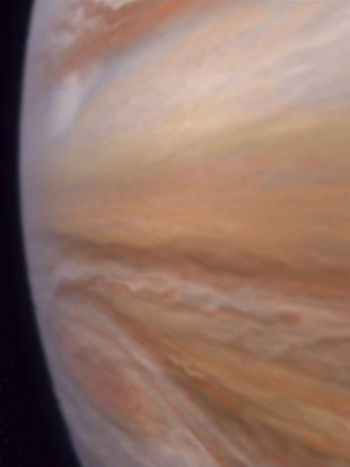
Jupiter (ENT-50)
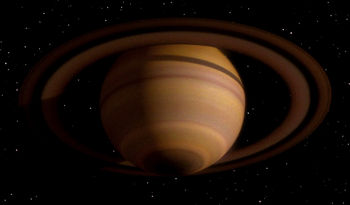
Saturn (TNG-101-102)
Gas giant. Age ranges from 2-10 billion years. Diameter is 50,000 to 140,000 km. Typically located in the Cold Zone of a planetary system. Surface radiates some heat and is tenuous and comprised of gaseous hydrogen and hydrogen compounds, atmospheric zones vary in temperature, pressure and composition. May contain hydrocarbon-based life forms.[1]
References
- 1. Star Trek Star Charts. Book. Pocket Books. October 2002.
Categories
- Animated Series (60)
- Articles (28)
- Books (447)
- Cast & Crew (79)
- Comics (22)
- DS9 (328)
- Early Voyages (125)
- Education (5)
- Enterprise (373)
- Excelsior (36)
- Food (19)
- Games (223)
- Klingon (70)
- Library (1,543)
- Logs (593)
- Lost Era (55)
- Medicine (18)
- Merrimac (1)
- Mirror (35)
- Miscellaneous (13)
- New Frontier (54)
- Next Generation (635)
- Original Series (681)
- Personnel (436)
- Places (369)
- Politics (12)
- Recreation (10)
- SCE (41)
- Science (1)
- Shatnerverse (9)
- Ships (455)
- Site Updates (98)
- Starfleet Academy (86)
- Stargazer (42)
- STO (61)
- Technology (45)
- Titan (59)
- To Boldly Go (1)
- TV/Film (214)
- Uncategorized (4)
- Vanguard (76)
- Voyager (236)
- Weapons (27)
- Xenology (54)